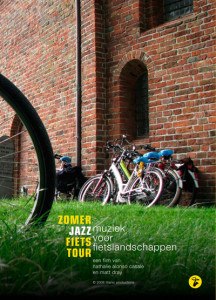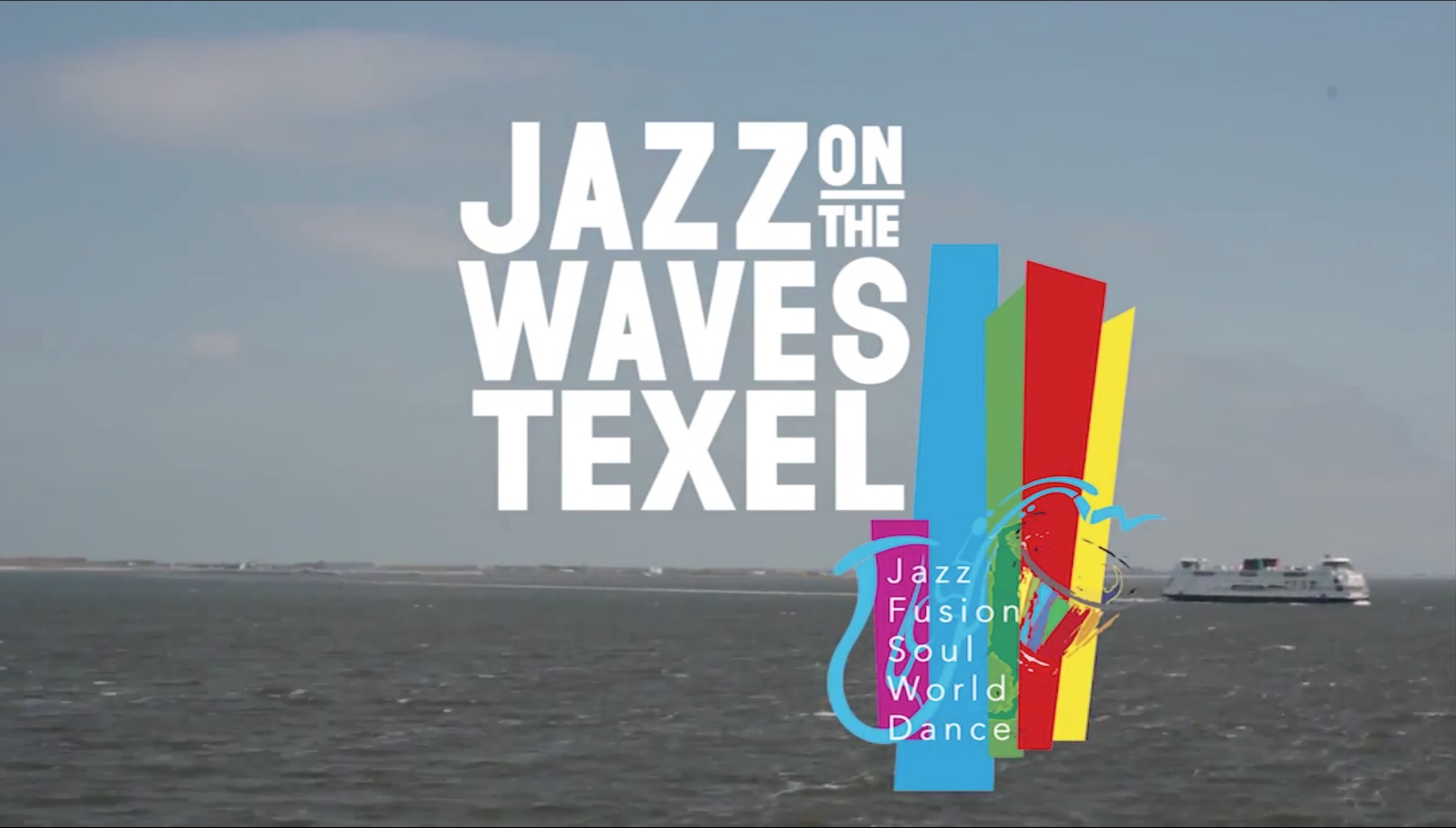 A position paper (no. 2) presented to the CHIME project team meeting, Amsterdam Conservatory, February 4 2016
A position paper (no. 2) presented to the CHIME project team meeting, Amsterdam Conservatory, February 4 2016
In WP3, CHIME explores ways in which music and music festivals can provide new models for thinking about cultural heritage through an exploration of festival landscapes. It does so, among other things, by looking at three case studies, all of which are selected specifically for their engagement with different types of cultural heritage: North Sea Jazz Festival Curaçao, the SummerJazzCycleTour, and Jazz on the Waves. In this position statement I [Loes Rusch] propose a further exploration of music and music festivals as 1) practices of cultural heritage and 2) as a promotional tool for the protection and preservation of natural cultural heritage sites.
While the North Sea Jazz Festival Curaçao raises questions of the Netherlands’ colonial past and the ways in which different identities are negotiated through festivals, the SummerJazzCycleTour and Jazz on the Waves are particularly interesting because of its different approaches towards the re-use of typical Dutch landscapes and historical buildings.
The SummerJazzCycleTour, which  celebrates its 30th anniversary this year, takes place in the province of Groningen in the north-eastern part of the Netherlands and makes its audiences cycle through the Reitdiep, an agricultural area with canals dug as early as the first half of the thirteenth century. Jazz on the Waves takes places on the island of Texel in the Wadden Sea, an intertidal zone in the south-eastern part of the North Sea, which is one of the world’s seas whose coastline has been most modified by humans, via a system of dikes and causeways on the mainland and low-lying coastal islands. In 2009, this area became part of UNESCO’s World Heritage List.
celebrates its 30th anniversary this year, takes place in the province of Groningen in the north-eastern part of the Netherlands and makes its audiences cycle through the Reitdiep, an agricultural area with canals dug as early as the first half of the thirteenth century. Jazz on the Waves takes places on the island of Texel in the Wadden Sea, an intertidal zone in the south-eastern part of the North Sea, which is one of the world’s seas whose coastline has been most modified by humans, via a system of dikes and causeways on the mainland and low-lying coastal islands. In 2009, this area became part of UNESCO’s World Heritage List.
Jazz and cultural heritage
The relationship between music or music festivals and cultural heritage is extensively studied, mostly in the area of popular music. The focus of these studies is mostly on the practice of music as cultural heritage, or as defined in a 2014 study by Amanda Brandellero and Susanne Janssen as “the preservation, exhibition, education and remembrance” of music, in many cases as supported and promoted by national and local public heritage institutions, often in connection with spatial planning and cultural tourism (Brandellero and Janssen 2014, 18).





 The relationship between jazz, festivals, and heritage sites is a complex and underexplored field of enquiry. Since the late 1940s, jazz and improvised music festivals have developed synergetic relationships with heritage sites to the point where, in different European settings today, festivals employ and engage with a range of heritage forms. Festivals facilitate uses and re-uses of heritage and have a transformative impact on attitudes to place, identity and history, from events that draw on landscapes, stately homes, iconic buildings and sites of historic importance to performance projects that encourage new forms of engagement and participation.
The relationship between jazz, festivals, and heritage sites is a complex and underexplored field of enquiry. Since the late 1940s, jazz and improvised music festivals have developed synergetic relationships with heritage sites to the point where, in different European settings today, festivals employ and engage with a range of heritage forms. Festivals facilitate uses and re-uses of heritage and have a transformative impact on attitudes to place, identity and history, from events that draw on landscapes, stately homes, iconic buildings and sites of historic importance to performance projects that encourage new forms of engagement and participation. 




